Sava TIES - What is happening in the pilot sites?
30-06-2020
As the nature awakens and the germination and leafing of plants is beginning, field activities within the Sava TIES project begin as well. During the last and until the end of this year, in seven pilot sites located within protected areas in Croatia, Slovenia, Bosnia and Herzegovina and Serbia, tests of various methods of removing invasive alien plants such as False indigo bush, Common milkweed, Tree of heaven, Knotweed, Himalayan balsam and Goldenrod. These species pose a threat to biodiversity, cause great economic losses, and some have a negative impact on human health. Invasive alien species do not live naturally in our area, but man, intentionally or accidentally, introduced them into nature. They have no natural enemies and spread uncontrollably in favourable conditions, and they successfully use the Sava River for their expansion. The magnitude of the damage they cause and the cost of their control and eradication depend on the timely identification and reporting of such species. The Sava TIES project and the members of the SavaParks Network are united in their intention to find the most effective and cheapest solution for mitigating the negative impact and combating invasive alien plants. We bring you a brief overview of the activities undertaken on pilot sites.
Ljubljansko barje Nature park (Slovenia)
In the spring, summer and autumn of last year in the Ljubljansko barje Nature park, the effectiveness of various methods of removing Canadian (Solidago canadensis) and giant (Solidago gigantea) goldenrod, Himalayan Balsam (Impatiens glandulifera) and Tree of heaven (Ailanthus altissima) were tested. Mulching, mowing and milling are methods tested to remove Goldenrod. The Himalayan Balsam was removed by mulching, and a manual removal method was tested. With the help of a tool called "extractigator", Tree of heaven was removed. The coverage in percentages, the number of individual plants and their average height were measured before the removal. The same activities will be carried out during this year to make the data comparable and measurable.
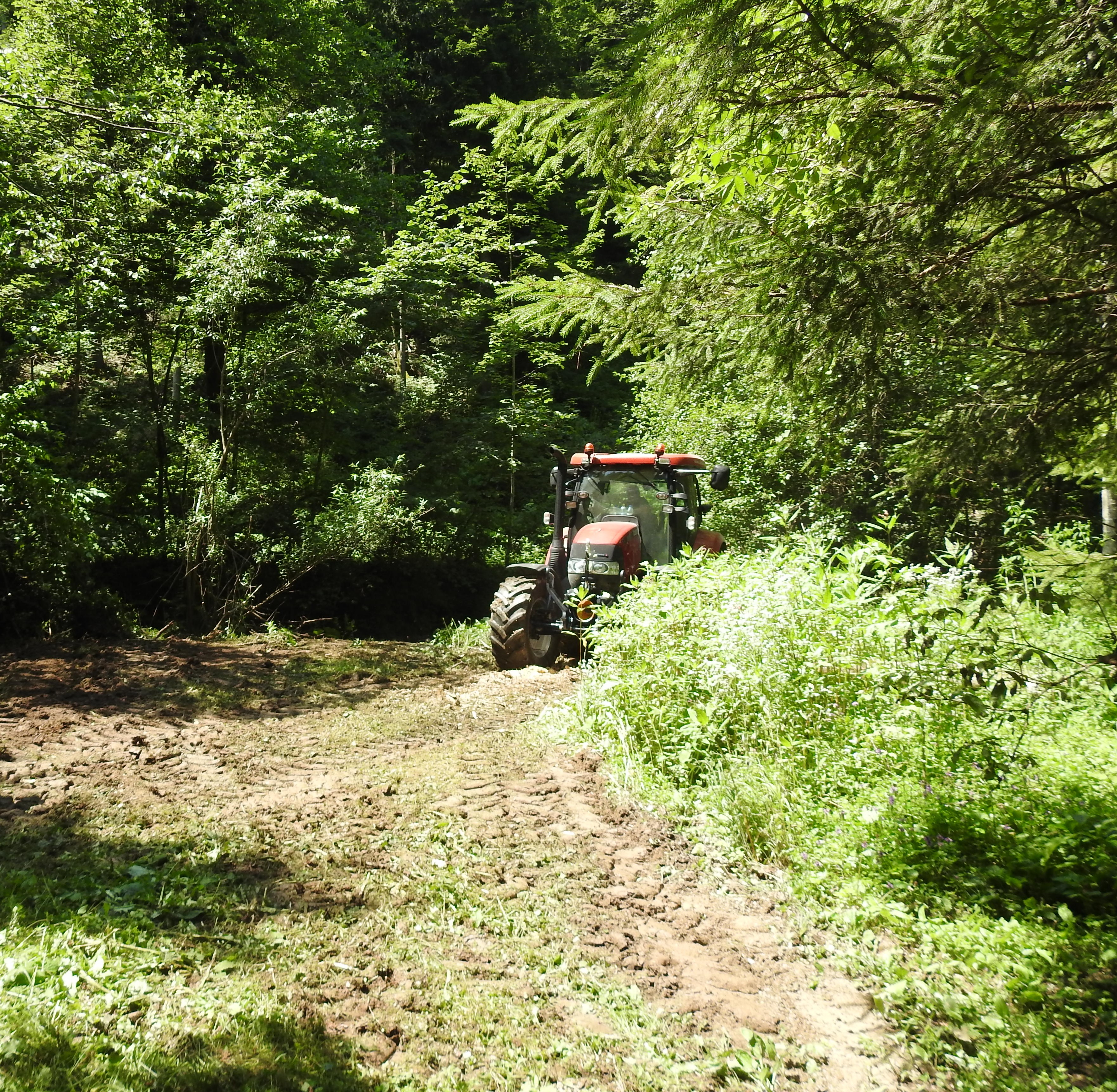
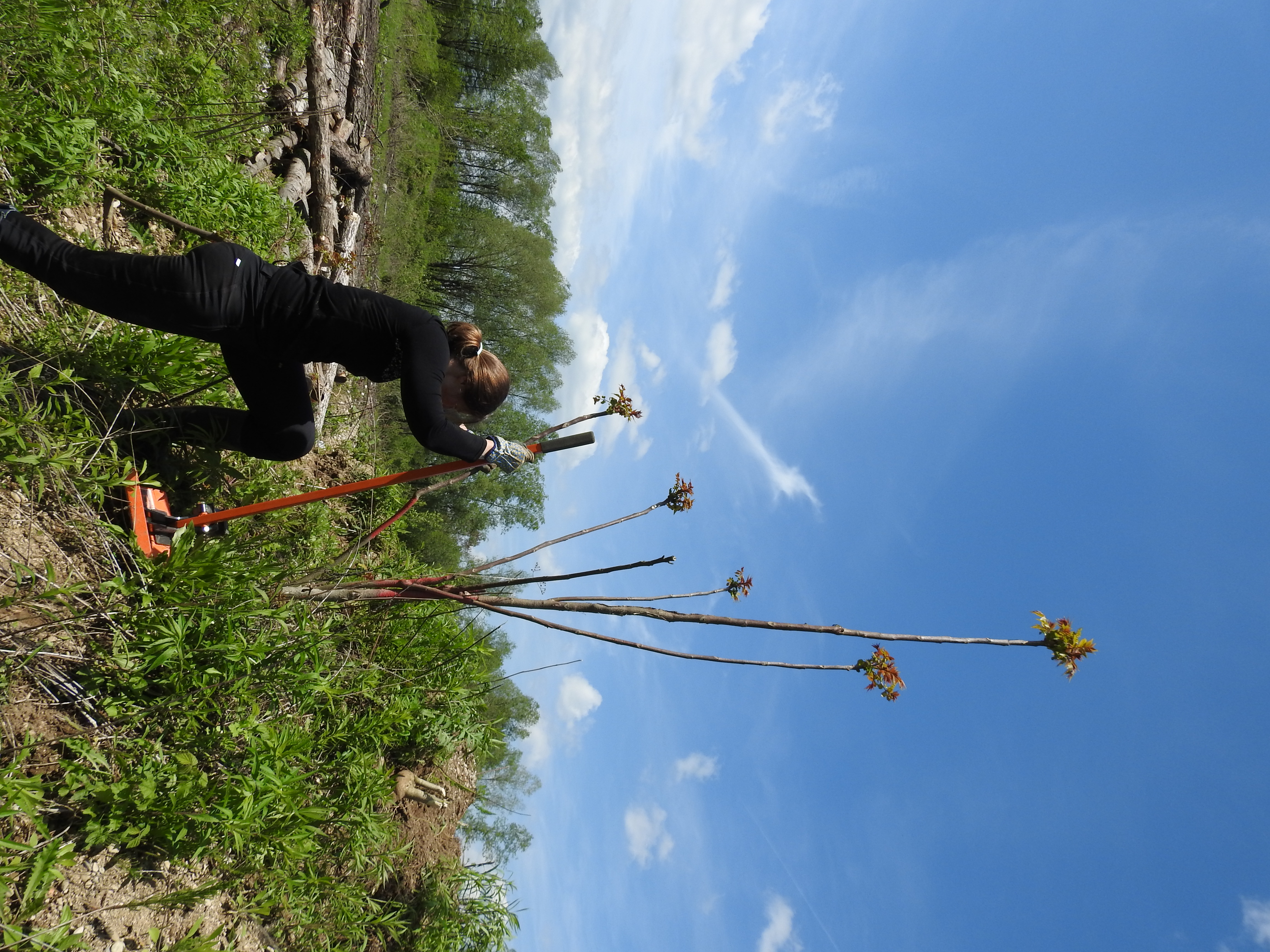
Mulching of Himalayan balsam (Photo: A.Tratnik) Using extractigator for Tree of heaven removal (Photo: A.Tratnik)
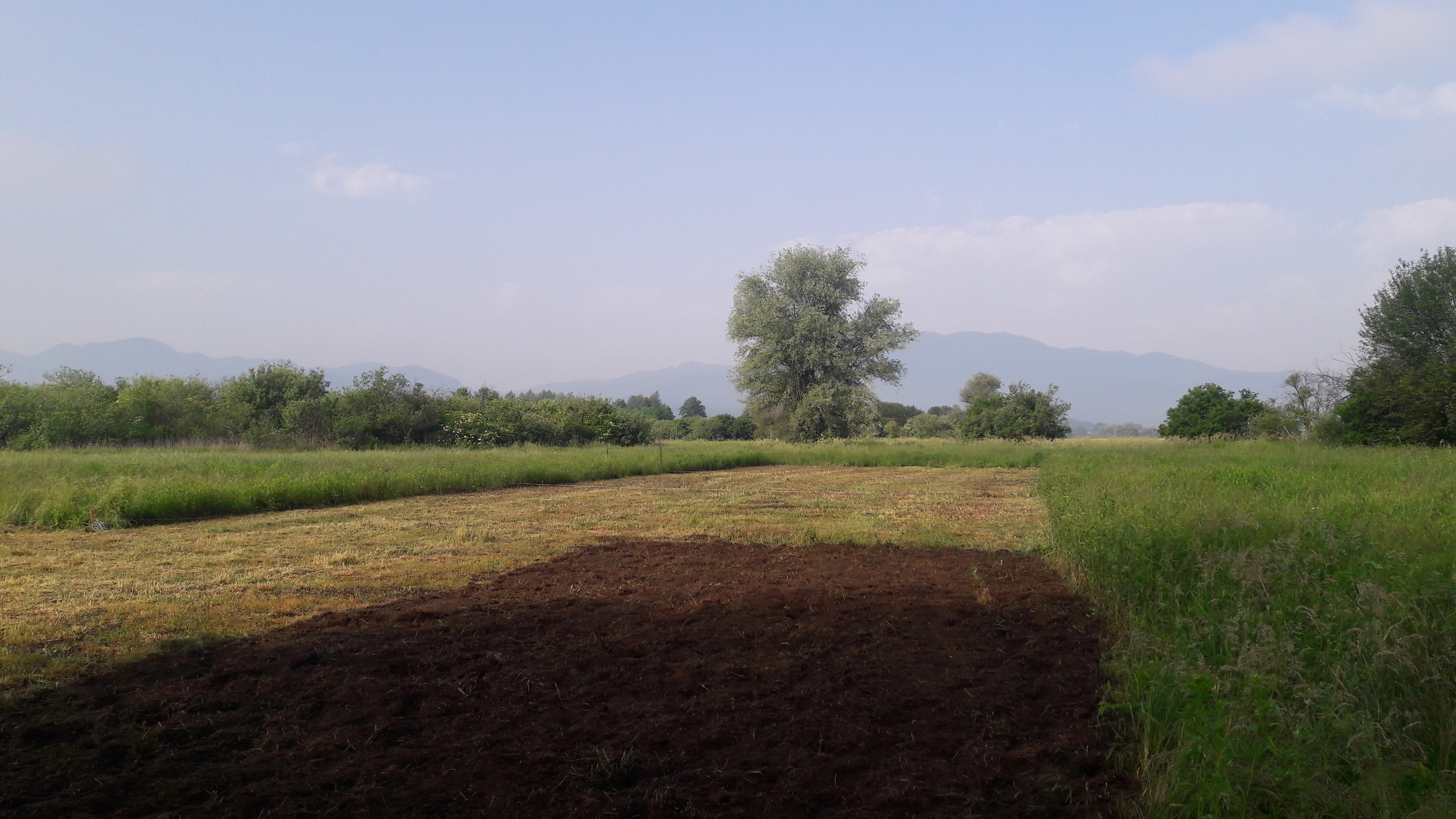
Pilot plot with Solidago sp. after first eradication (Photo: A.Tratnik)
Odransko i Lonjsko polje (Croatia)
Removal of False indigo bush (Amorpha fruticosa) from overgrown areas with the aim of restoring grassland vegetation was carried out on 10 hectares near Osekovo in the Lonjsko polje Nature Park and on 4 hectares near Veleševac in Odransko polje. The removal was done with tractor mulcher. The False indigo bush overgrows large areas of these fields and creates problems for livestock, farmers, the flood defence system, native plants and animals. In Lonjsko polje, the pilot plots were divided into three parts so that different methods could be tested. Thus, one part is left to natural development, the other part is intended for mowing, and the third for grazing livestock.
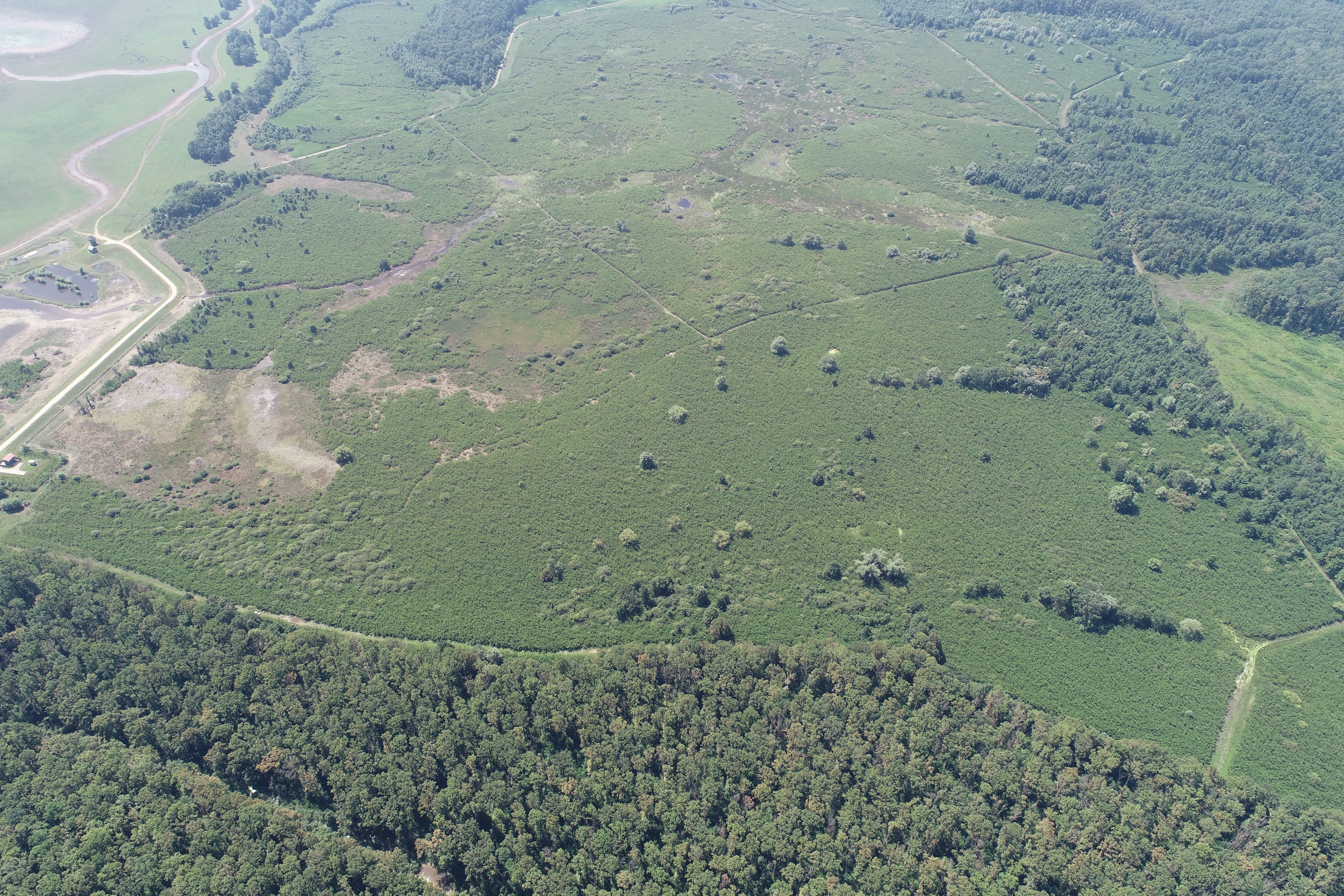

Osekovo pilot site (Photo: Lonjsko polje Nature Park) Odransko polje pilot site (Photo: Safarek production)
Protected area Tišina (Bosnia and Herzegovina)
During the first half of 2020, False indigo bush (Amorpha fruticosa) and, to a lesser extent, box elder (Acer negundo) and wild cucumber (Echinocystis lobata) were removed in the area of marsh Tišina - the most recently proclaimed (in 2019) protected area in Bosnia and Herzegovina. These species were planted by intentional and unintentional human activity and during this year plants from about 2.5 hectares were cut down and removed. Occasional maintenance is planned until the end of this year, and indigenous tree species will be planted in the fall, with the aim of restoring the habitat. The situation on the ground will be regularly monitored for the presence of invasive alien species, and the results will be compared with the original situation.
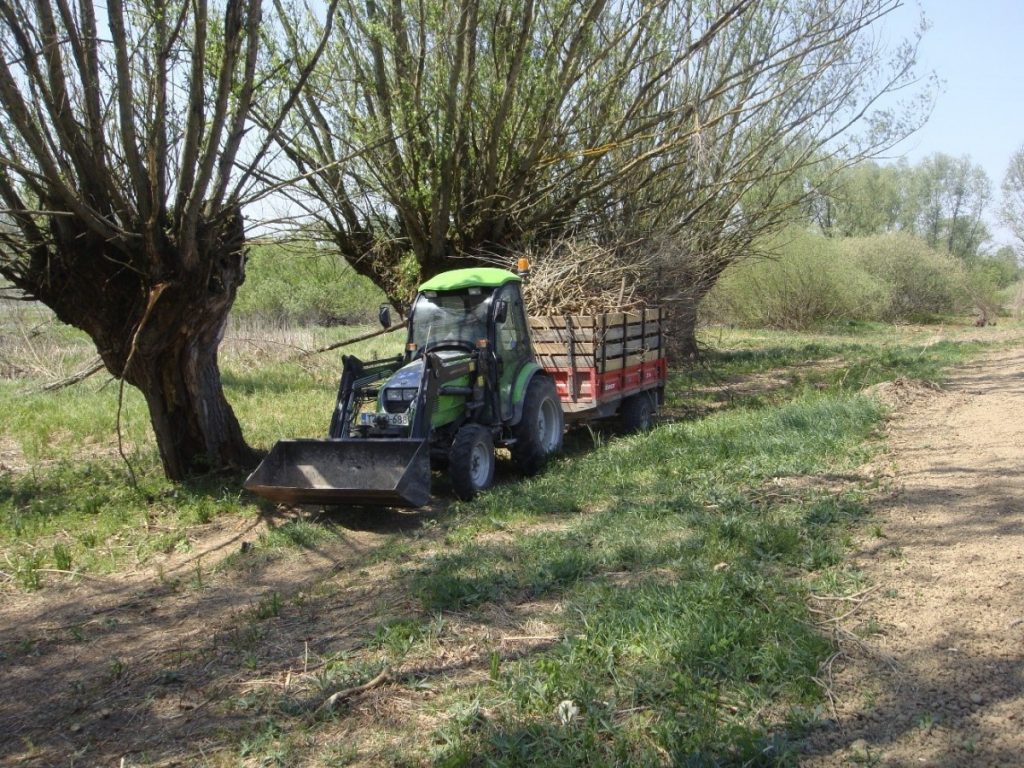
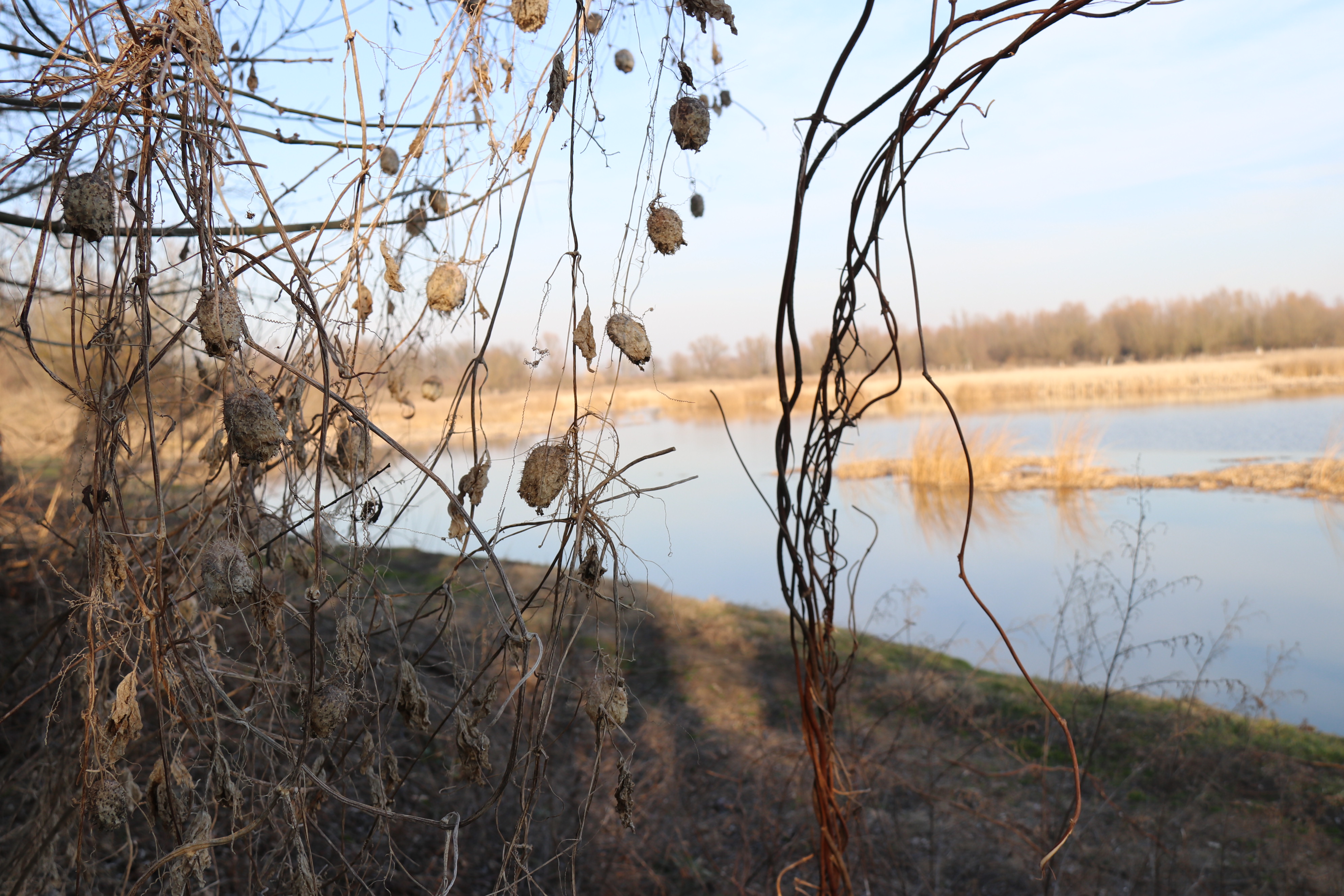
Tišina pilot site (Photo: Center for Environment) Echinocystis lobata at the coast of Tišina marsh (Photo: I.Miljevic)
Una National Park (Bosnia and Herzegovina)
A species that is a serious threat to river ecosystems in the area of the Una National Park, the Japanese knotwed (Reynoutria x bohemica) - is currently being removed. Mechanical (mulching and manual plucking of plants with roots) and chemical (herbicide coating at the end of the growing season) removal methods were applied. Pilot plots were subjected to grazing methods in the spring of this year.
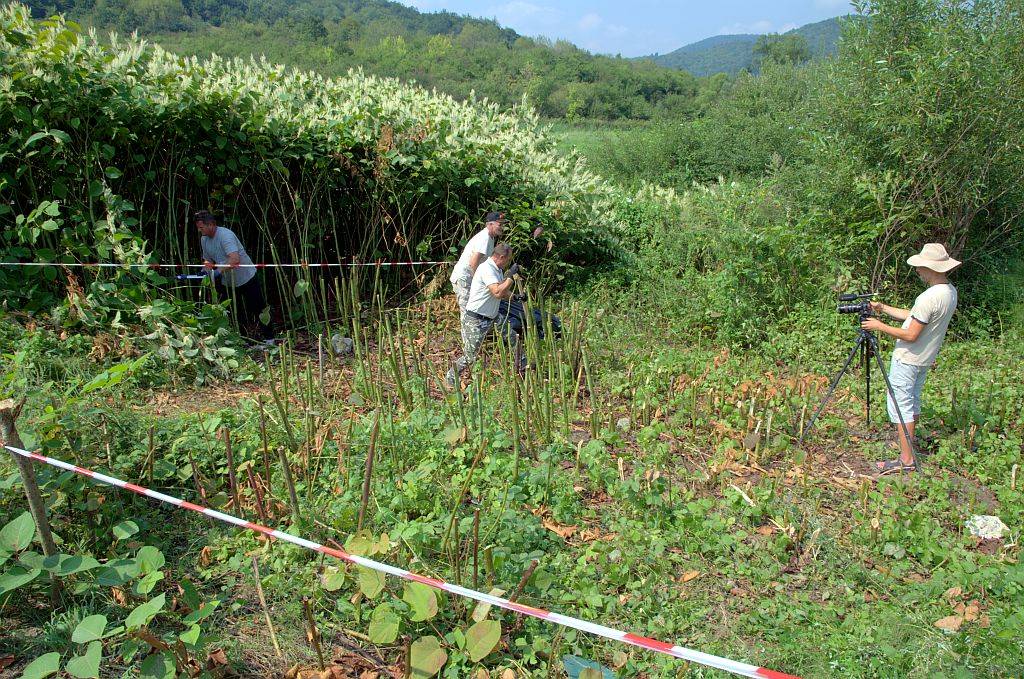
Pilot site at the Una National Park (Photo: Una National Park)
Special Nature Reserve Obedska bara (Serbia)
In the Obedska bara Special Nature Reserve, False indigo bush (Amorpha fruticosa) was removed along with the root on an area of about 5.5 hectares, which increased the water zone in the reserve by about 1.6 hectares. Monitoring the condition of birds, fish and the healing process is planned for this year.
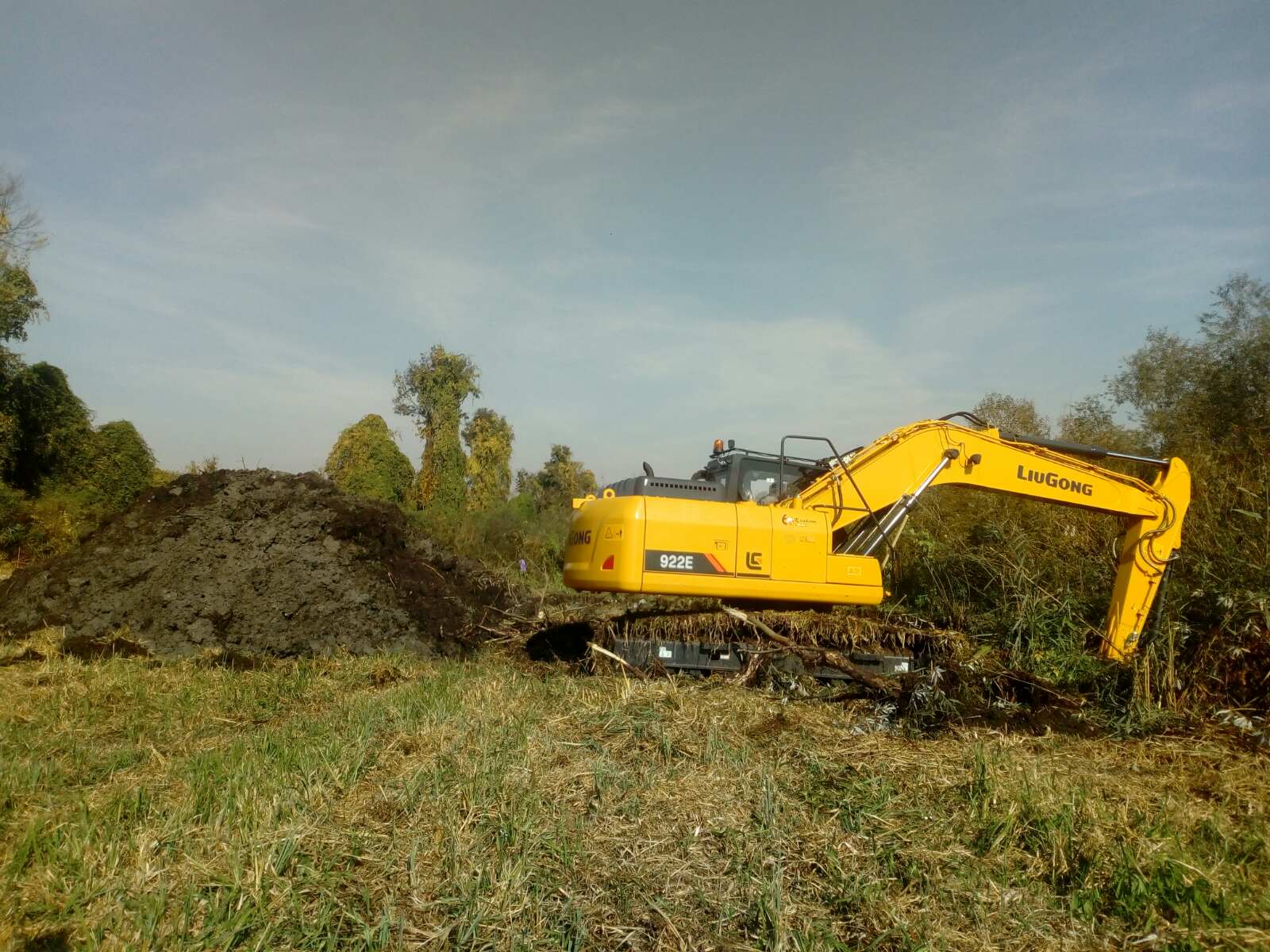
Obedska bara pilot site (Photo: Vojvodinasume)
Special Nature Reserve Zasavica (Serbia)
Invasive alien species Common milkweed (Asclepias syriaca) has been removed from the 52 hectares of Zasavica Special Nature Reserve. Mechanical (manual plucking and mulching) and chemical (herbicide coating at the end of the growing season) methods were tested. Prior to the removal activities, a monitoring of the state of abundance of this species was made, which will be repeated this year as well.
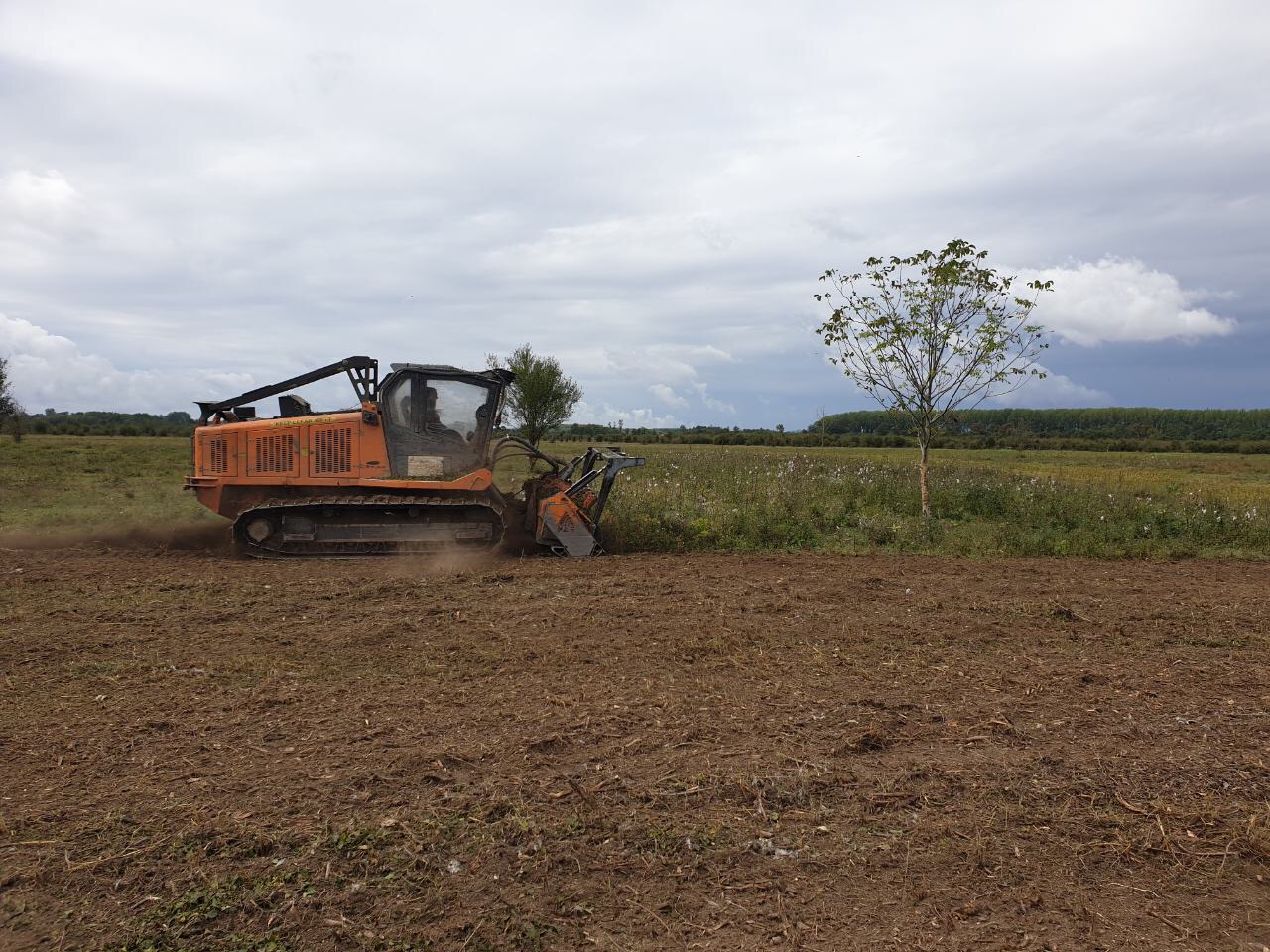
Zasavica pilot site (Photo: Zasavica)
We will be able to measure the effectiveness of the implemented methods in all pilot areas in the coming years because the eradication of invasive alien species is a long and demanding process and the success is visible only after a longer period of time. For information about future activities, follow us on our website and social networks.
News in national languages:
Croatia - Zeleni prsten Public Institution of Zagreb County or Lonjsko Polje Nature Park Public Institution
Slovenia - Public Institution Ljubljansko barje Nature Park
Bosnia and Herzegovina - Center for Environment or Public Company National Park "Una"
Serbia - Institute for Nature Conservation of Vojvodina Province or Nature Conservation Movement Sremska Mitrovica or Public Enterprise „Vojvodinašume“
Germany - EuroNatur
